In a uniformly charged sphere of total charge and radius , the electric field is plotted as function of distance from the centre. The graph which would correspond to the above will be
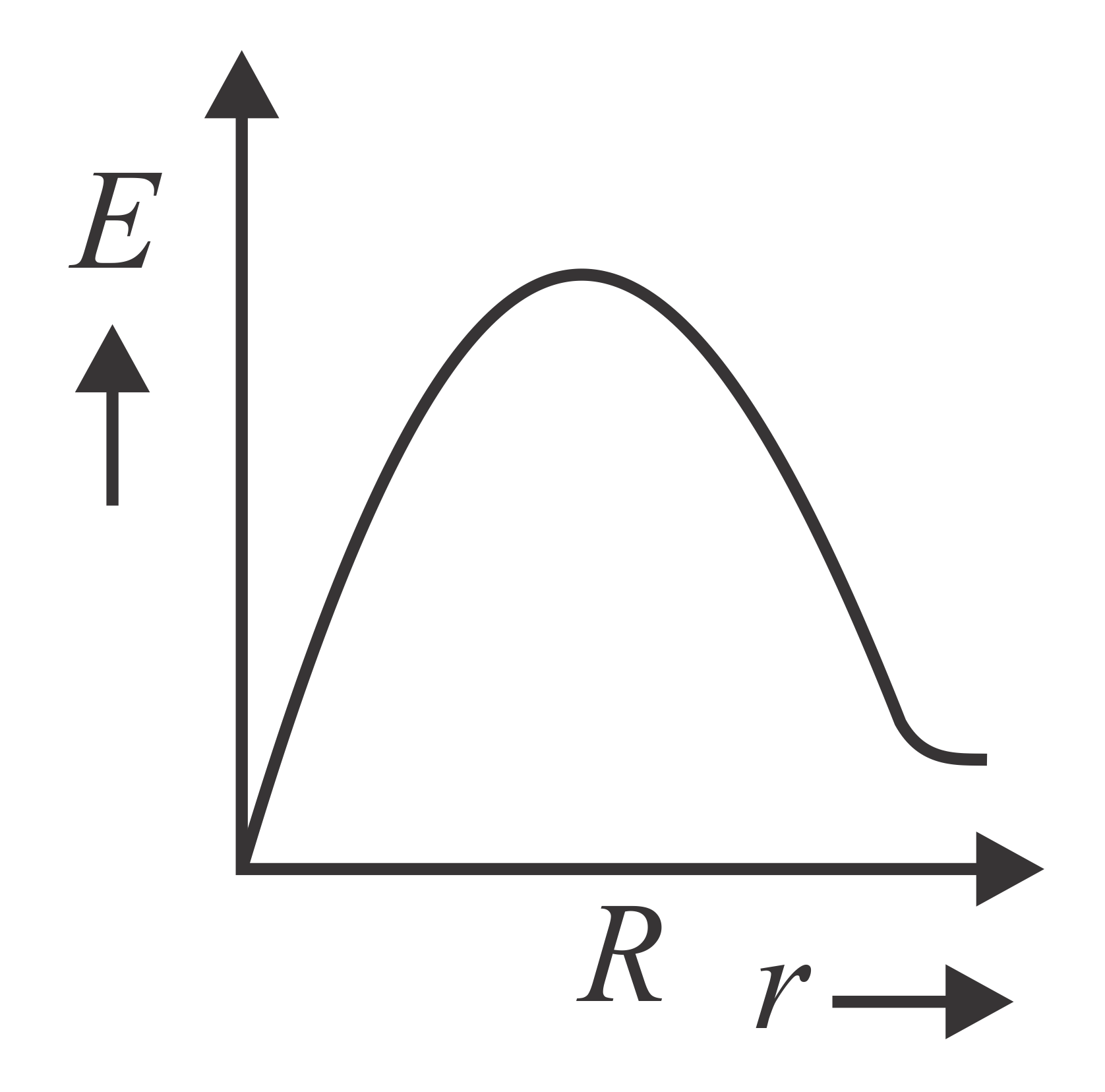
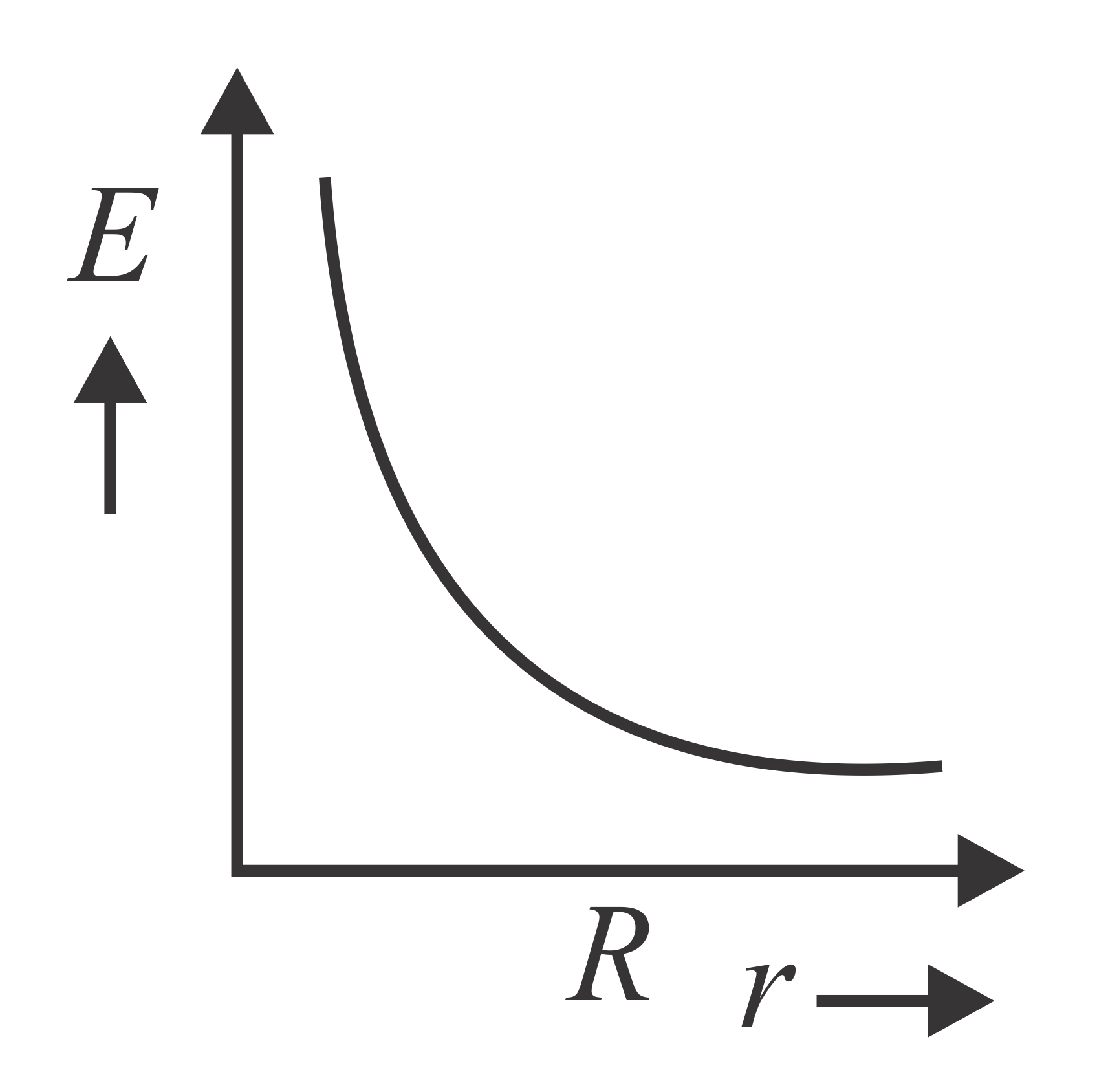
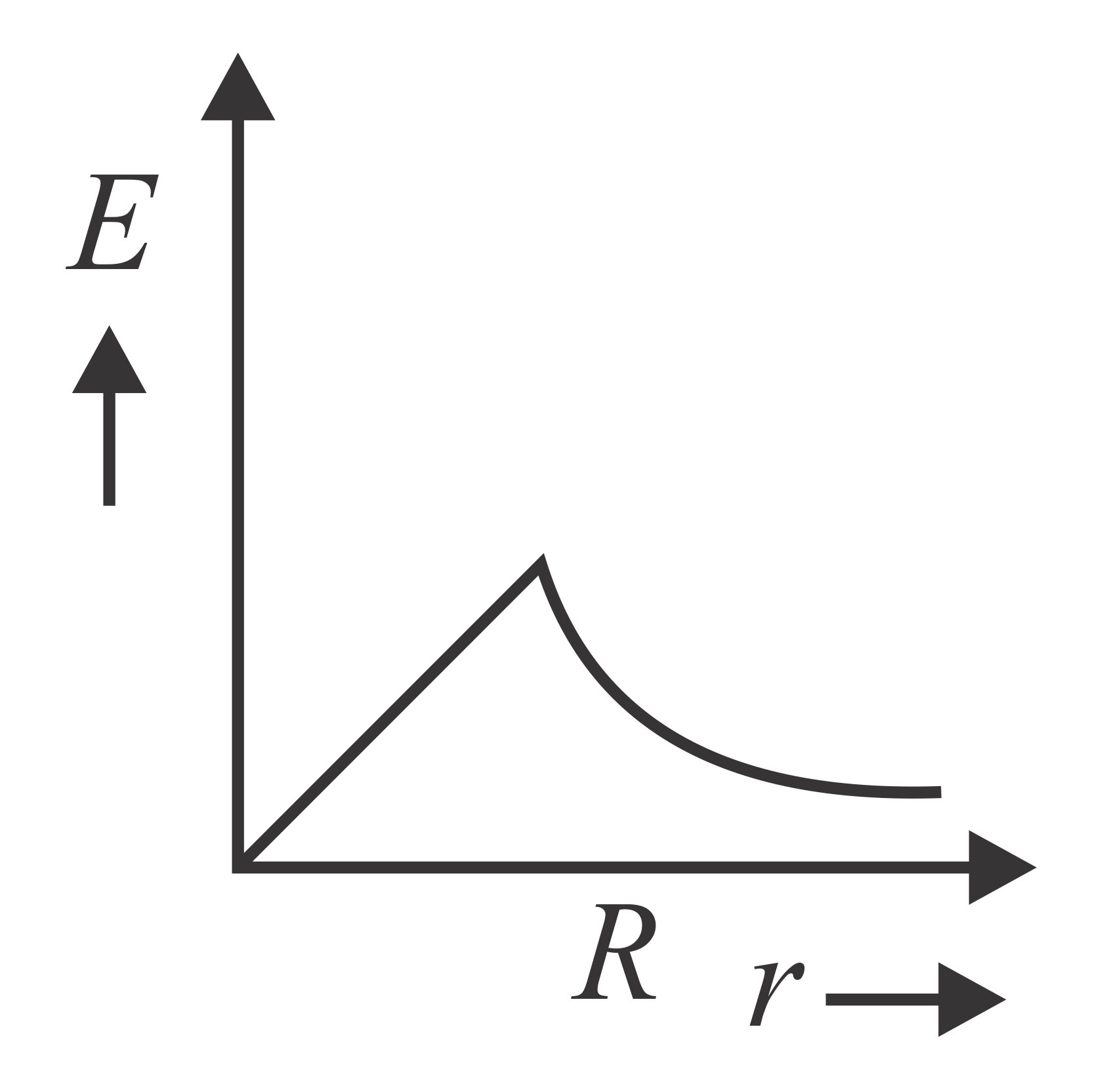
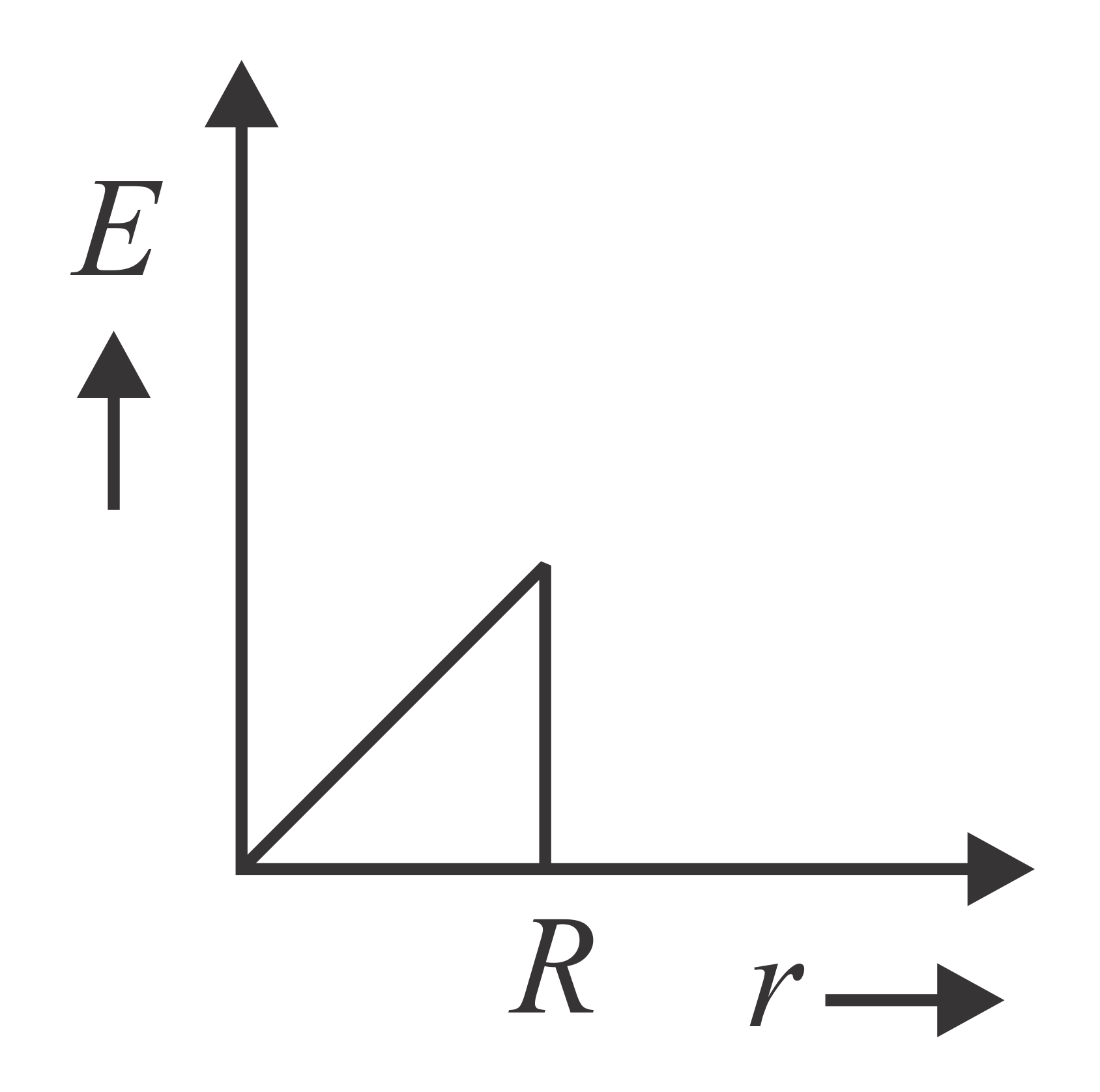

Important Questions on Electric Flux and Gauss's Law
This questions has Statement and Statement Of the four choices given after the statements, choose the one that best describes the two statements.
An insulating solid sphere of radius has a uniformly positive charge density As a result of this uniform charge distribution there is a finite value of the electric potential at the centre of the sphere, at the surface of the sphere and also at a point outside the sphere. The electric potential at infinity is zero.
Statement : When a charge is taken from the centre to the surface of the sphere its potential energy changes by
Statement : The electric field at a distance from the centre of the sphere is
The region between two concentric spheres of radii and , respectively (see figure) has a volume charge density where is a constant and is the distance from the centre. At the centre of the spheres is a point charge . The value of such that the electric field in the region between the spheres is constant is
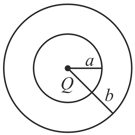
A disc of radius having a uniformly distributed charge of is placed in the plane with its centre at . A rod of length carrying a uniformly distributed charge is placed on the - axis from to . Two point charges and are placed at and respectively. Consider a cubical surface formed by six surfaces The electric flux through this cubical surface is
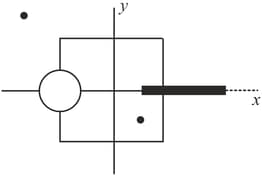
A uniformly charged spherical shell of radius carries a uniform charge density of per unit area. It is made of two hemispherical shells, held together by pressing them with force . is proportional to
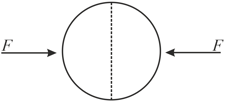
Consider electric field , where is a constant. The flux through the shaded area (as shown in the figure) due to this field is:
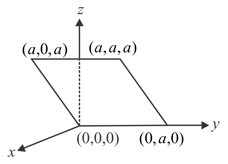
Charges are uniformly distributed in three dielectric solid spheres of radii and respectively , as shown in the figure. If magnitudes of the electric fields at point at a distance from the centres of spheres are respectively, then :

